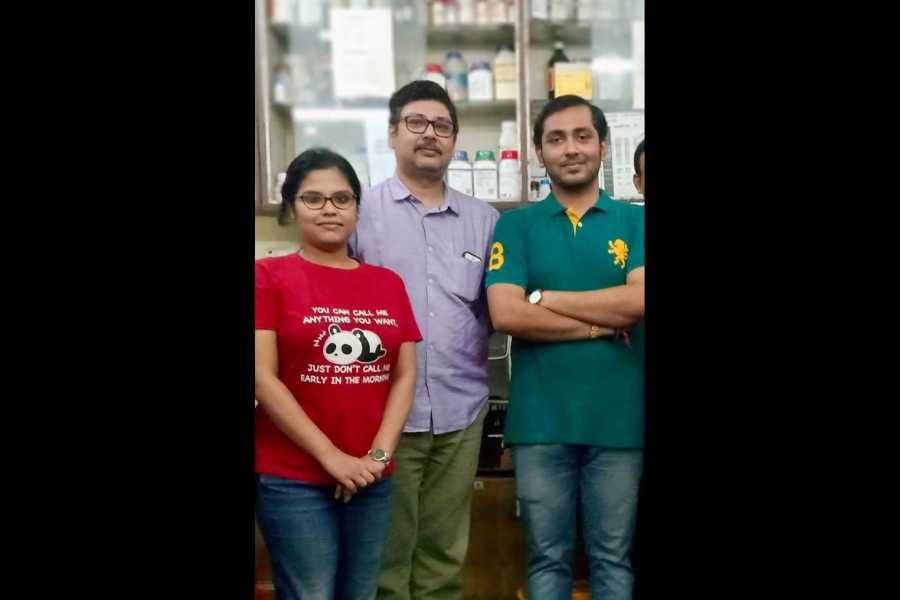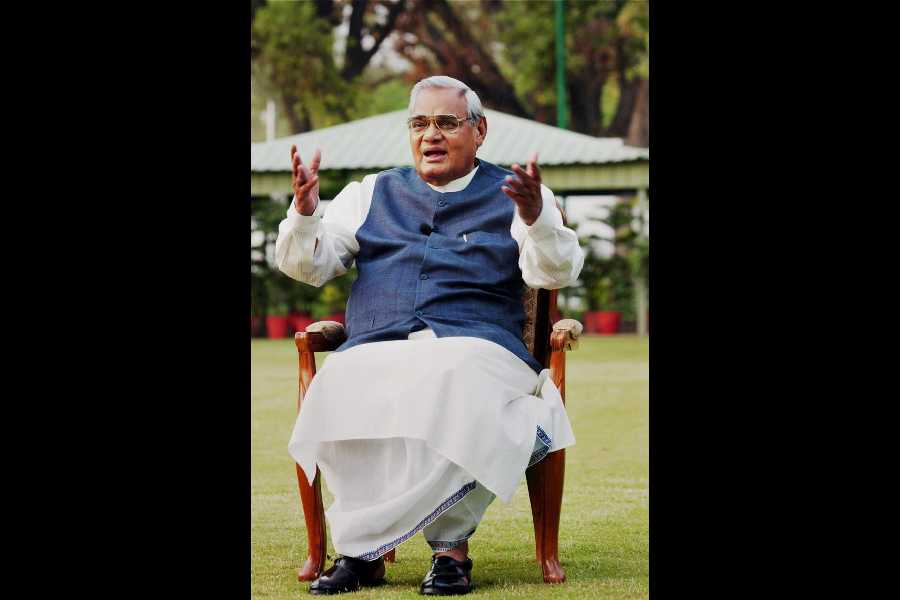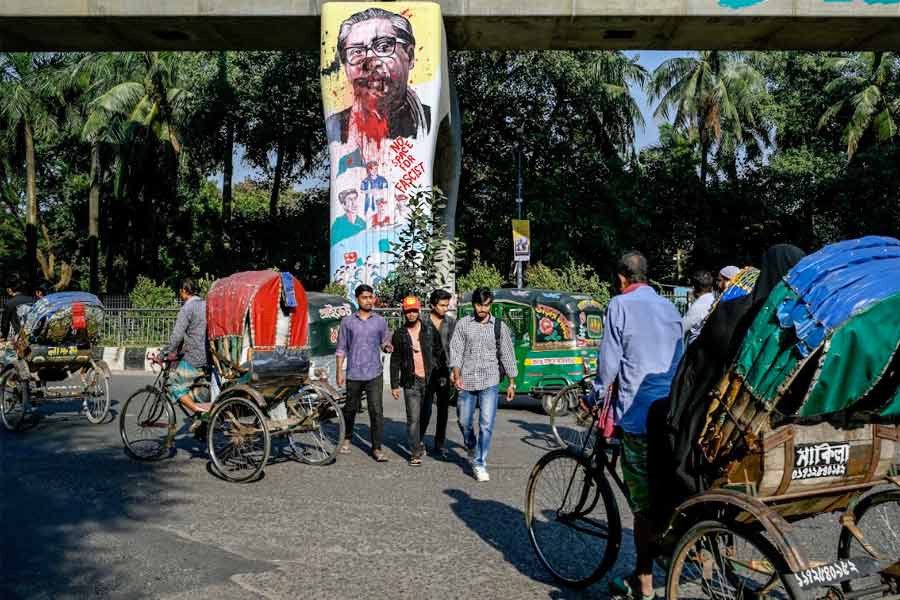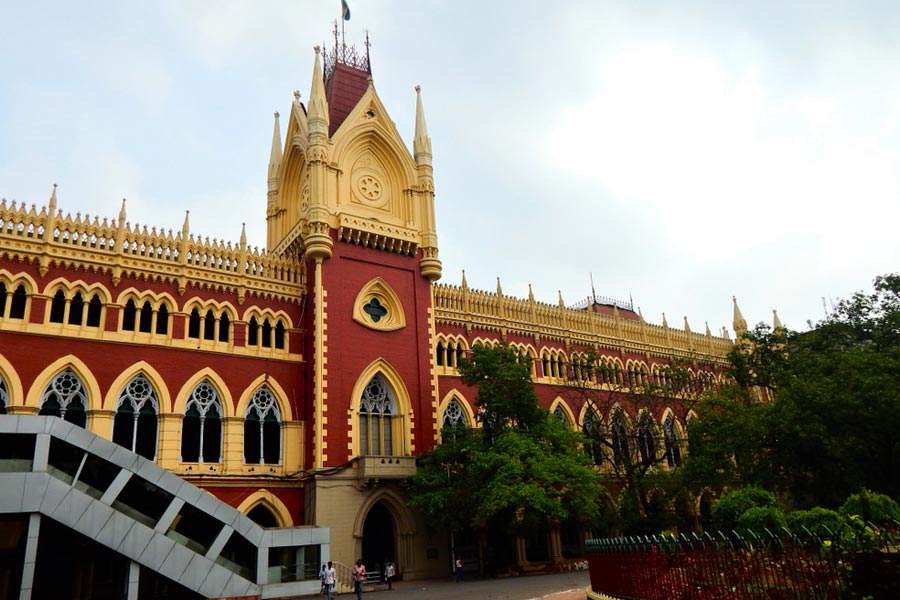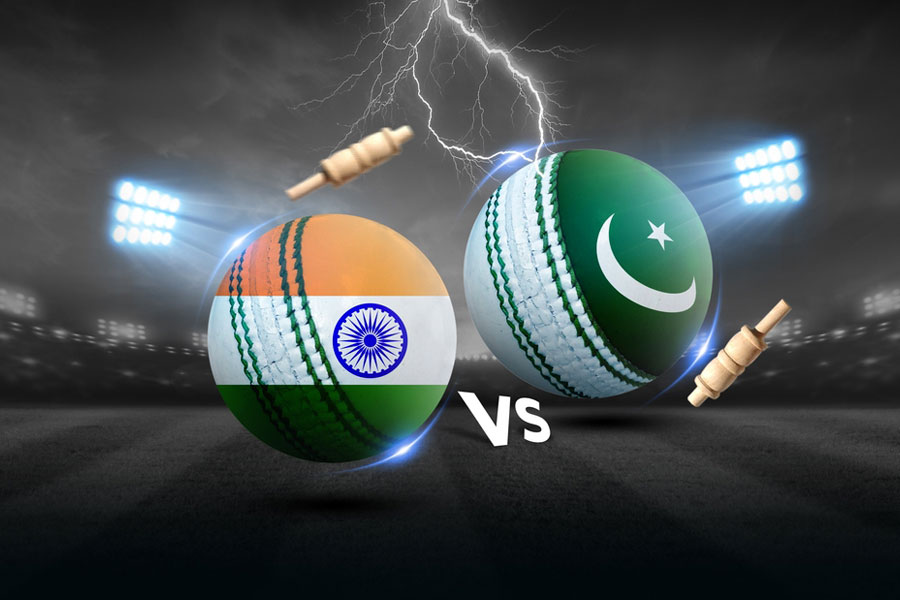I came across this book by chance in my friend’s collection. It is an unusual book: part photography book, part memoir, part private, part published, bound in purple cloth with an exquisite floral design in bright Rajasthani mirror-work embroidery on the cover. The embroidery, feels my friend, could have been the work of the author, Mira Chaudhuri, herself, though by the time the book was made, designed by her, she was quite old and frail.
Born in 1905, Chaudhuri was a photographer. Among the people she photographed are the stalwarts of the political and cultural worlds of pre- and post-Independence India, many of whom she knew very closely. Rabindranath Tagore, her father’s friend and an all-pervasive presence in her book, was one of her subjects, as was Gandhi. Rabindranath doted on her, as shown by some of the delightful letters he had written to her. She photographed the eminent cast of artists and teachers in Rabindranath’s Santiniketan, as also Jawaharlal Nehru and Khan Abdul Ghaffar Khan. Vijaya Lakshmi Pandit was a personal friend. As were Stella Kramrisch, Kamaladevi Chattopadhyay and Aruna Asaf Ali. Her father was Dwijendranath Maitra, resident surgeon at Mayo Hospital, also her subject and the person who had gifted her her first camera when she was 10.
Satyajit Ray used some of her photographs for the film he made on Rabindranath.
But Chaudhuri, who hardly speaks about herself except to say that she is blessed to be in such company, also went on remarkable journeys by herself. She went alone to Kashmir in the late 1930s, though she stayed with family friends. She went to Amarnath, photographing, often from horseback, the unforgiving slopes and the unrelenting ice. During the Bengal Famine of 1943, she travelled with Vijaya Lakshmi through the most affected parts of Bengal, including Barisal and Bhola, photographing the face of death. One wonders how Chaudhuri, a gentle, self-effacing person, and a woman, sari-clad, radical in no obvious way — the camera till very recently was a male apparatus — went about taking photographs, which can be an act of intrusion. And how she looked at her relationship with the camera.
The structure of the book is a clue. Chaudhuri was requested by a Bengali magazine to write her memoirs. This led to a serialization from the Eighties in the magazine of her accounts of these personalities. But the book that I hold in my hands is more than that.
In it, the published pieces, which carry photographs taken by her of these personalities, are photocopied and appear on the right. The black-and-white photocopied images look blurred now. But on the blank sides of the pages, appearing on the left, Chaudhuri pastes her original pictures, also in black and white, and sharp and observant, writing the captions in her own hand. The texts are often about the gifts she got from those she is remembering: Rabindranath’s visit to see how her foot was healing, a frail Abanindranath’s eyes misting when she visits him, Kamaladevi insisting on visiting the small outfit of handicrafts and embroidery Chaudhuri had started, Stella Kramrisch writing her letters full of love for Chaudhuri and her family.
Remarkable people could prove difficult subjects for the camera, deliberately. Kramrisch would not be photographed and Gandhiji proved almost elusive, with a twinkle in his eye.
But most of all, the book is about the gift of friendship, laughter and conversation, and being a part of other lives. At the time of writing her accounts, Chaudhuri, in her eighties, is confined to her room because of her health. Yet she is making things, including books, and memories, for others. Her book is not just a photographer’s work. She writes to the couple for whom she has made the book a lovely little note on the first page, following which is a handwritten, though photocopied preface. The book is a great gift.
Yes, she writes from a position of great privilege. But in times when politics is only dividing us and the pandemic is isolating us, it is good to come across such an act of generosity. And the nation she captured through her lens looks like a different country, worth remembering.






